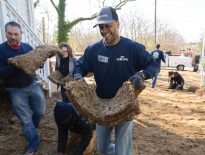Aspiring to Lasting Change: How 3Form is rethinking the business ecosystem
Cover photo: 3form sources unique materials from around the world by working with skilled artisans and ensuring equitable, healthy, and transparent workplaces. Courtesy of 3form
WHO WE ARE: Making Substantive Change
Today, we find ourselves in a time of extraordinary challenges in the United States and around the globe, making the subject of who we are as individuals somewhat irrelevant. It is abundantly clear now that what we collectively say and do as organizations, and as humanity at large, has far greater implications than any individuals’ actions. Faced with the unprecedented impacts of the rapidly-increasing human population (now close to 8 billion people), unchecked and accelerating climate change, health pandemics, food and water shortages, as well as social and economic inequities, it is beyond time for us all to act synergistically to make systemic and necessary changes. It is imperative that we, the change-makers, work together in organizations to lead the way to a brighter and thriving future for all the species that inhabit this planet, including our own.
For the past seven years I have been the Director of Sustainability for the 3form family of companies, which includes 3form, LightArt, and EFI. In total, I have now spent 26 years working to protect and restore our planet and support social equity within the field of commerce—AKA the profession commonly known as “Sustainability.” After years of being in the environmental services industry, followed by many more as an eco-entrepreneur and business owner, I joined 3form to head up their sustainability efforts.
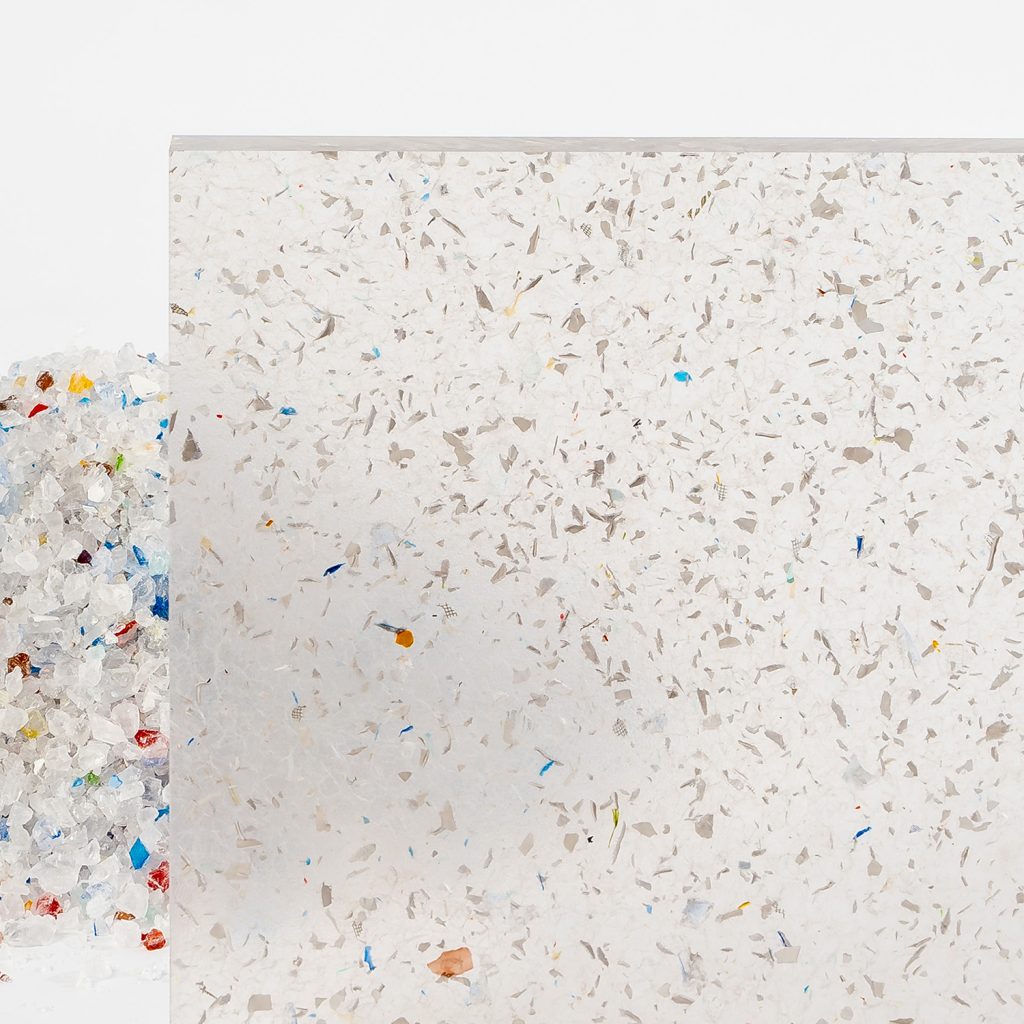
And it appeared to be a great fit from the start, as 3form had sustainability baked into their corporate ethos from its beginning. The company began pioneering the use of architectural grade plastic panels in 2002, and from the get-go, the flagship product (Varia) incorporated 40 percent pre-consumer recycled content. Varia panels also have the qualities of being highly durable, translucent, heat-formable, protective of indoor air quality, and infinitely customizable with laminated interlayers and color options (think: silk strands handmade by artisans, laminated against a lightly colored background, or bright strands of golden wheatgrass, permanently encapsulated in a transparent wall system, as just some examples of Varia’s dynamic range of colors, patterns and images).
It wasn’t long until this unique material’s beauty and formability led to new applications in light fixtures, ushering in the founding of LightArt, a Seattle-based company known for creating custom, hand-crafted, and sustainability-focused architectural lighting. And, as the reputation of 3form grew as providers of custom architectural goods, EFI—a custom glass manufacturing organization based in North Carolina—became the third entity in the 3form family of companies.
With 3form companies all producing customizable and unique architectural products and sharing a strong sustainability ethic, we decided to aim for the ultimate goal: regenerative, net positive manufacturing. Achieving regenerative design and net-positive manufacturing will significantly help address some of the serious environmental issues facing humans and other life-forms on our planet. And we see the Living Product Challenge as a visionary framework and process that aligns with our sustainability aspirations while also providing a mechanism for measuring and making a substantive change in the marketplace.
RETHINKING THE BUSINESS ECOSYSTEM: Leveraging Capitalism for Societal Good
To understand how the Living Product Challenge became a part of our goals, it might help to know more about my journey to being involved with 3form and the ILFI. As a professional focused on environmental stewardship and social equity within various business sectors, I’ve never really thought the word “sustainability” was quite right for what I aspired to accomplish. After all, what’s the point in sustaining a rapidly downward trend in the health of our planet and its life-giving resources? What’s the point, if we continue to try sustaining a burgeoning human population while the social and economic inequities grow ever faster in size and number? I’ve always thought we could do better—much better. And I have long held the belief that while the predominant economic systems are far from ideal, the power and potential of capitalism is also undeniable and can, and should, be leveraged for societal good.
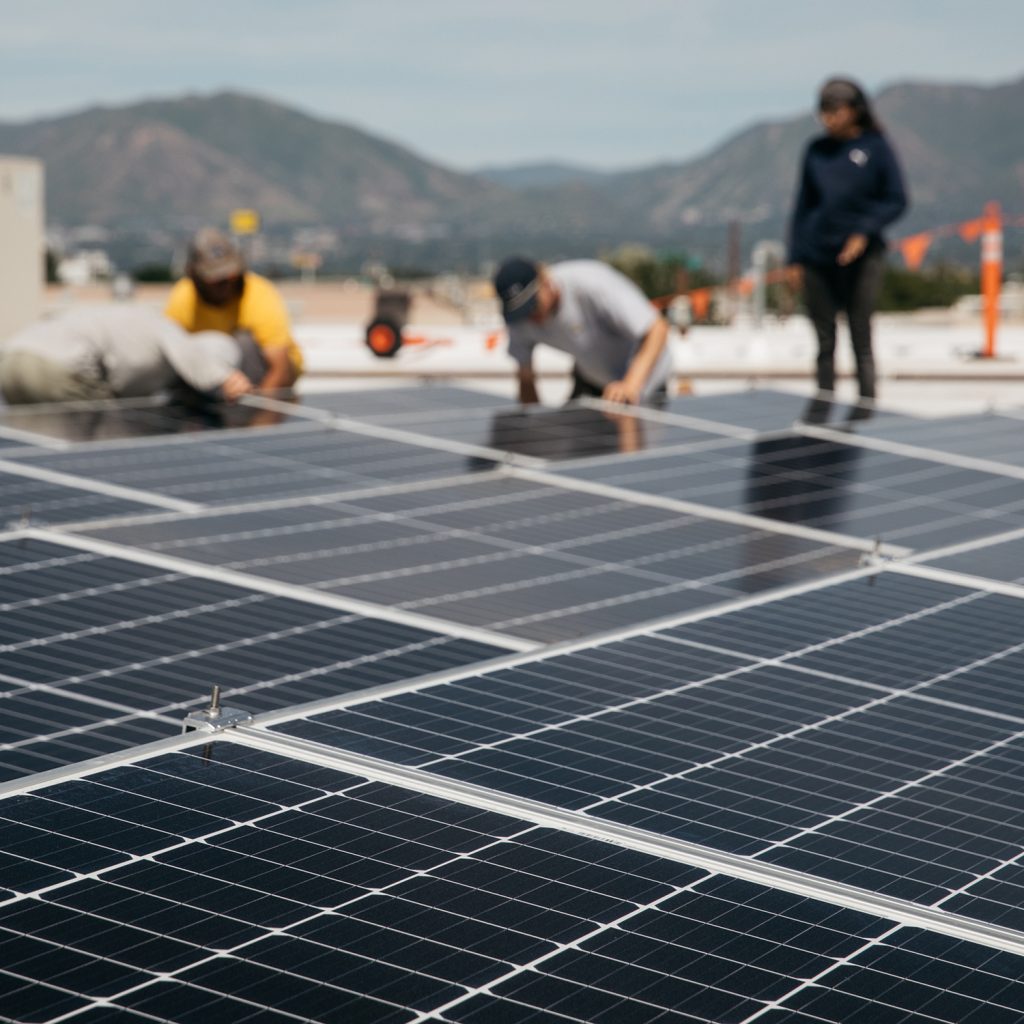
My belief in using the marketplace to drive change became more and more resolute as I passed through the first phase of my career in the environmental services industry. I had joined the industry with the hope that cleaning up contaminated sites and providing emergency response to toxic material spills would be a worthwhile means to help the planet. To my disappointment, my efforts ended up feeling futile more often than not—too many spills, and too few methods to truly restore the impacted rivers, soils, and communities living nearby. If nothing more, I left that industry after five years with a hard-earned education in the toxicity of many “everyday” chemicals and materials, plus first-hand knowledge and experience that would later serve me well in conversations related to ingredient disclosure in the contexts of LEED, Living Building Challenge, and other healthier building challenges.
The desire to do more good in the world led me to look for more meaningful ways to invest my efforts and, as a result, I developed a deep interest in “green building materials.” Intent, interest, and opportunity began to converge sometime around 1996 when those “green” materials were still few and far between. I remember my most exciting first “score” back then was carpeting made from “recycled pop bottles.” Remember, in the early 1990s most of us thought bottled water was a bad joke, a fad that would never catch on…so few people spoke of “recycled water bottles.” Even the idea of “going green” was pretty new and fringe. Recycled carpeting really opened my eyes to the possibilities ahead. Soon after purchasing that carpeting (and loving it), I crafted a business plan to open a retail store dedicated to green building materials. From a career standpoint, this resulted in a robust education in the materials and practices involved in the growing art and science of building green. Everything from passive solar design to the subjects of “sick building syndrome” and “multiple chemical sensitivity” captured my interest. While these topics were broad and still very much in their infancy, their relevance registered with me.
As with many entrepreneurial ventures, it was clear my timing was premature to open an eco-store. The marketplace was not yet widely aware of the existence or importance of “green building materials.” I quickly realized that I needed to change course in order to have impact on this important issue. I pivoted to starting a business that created, built and provided tools to identify, vet, and promote companies that offered day-to-day products and services and had also incorporated meaningful environmental and/or social equity practices into their organizations. Our marketing tools and services were available exclusively to those businesses that qualified by meeting our sustainability standards in their operations. From 2001 to 2013, I had the opportunity to obtain a tremendous education about sustainable business practices being applied in a very large variety of industries. Many visionary business leaders contributed to my learning; among them were builders and suppliers involved with the Cascadia Green Building Council, and later, the International Living Future Institute (ILFI). And among the many new ideas I watched grow were the USGBC’s LEED framework, and more exciting yet, ILFI’s Living Building Challenge.
My next leap was joining 3form as the Director of Sustainability right when material ingredient disclosures and environmental product declarations were emerging in the industry. 3form was invited to participate in several early adopter programs, such as being a pilot manufacturer in the development of the Health Product Declaration (HPD), and for the original Healthy Materials Tool from Google.
The timing was good for me, as the professional paths I had previously taken dovetailed nicely with the needs of the position at 3form. I had experience in and knowledge of the concerns of toxins in human and environmental endpoints, in green building ideals, methodologies, and challenges, in the vetting and promotion of greener goods and companies, and in marketing the attributes of those better choices.
Articulate marketing, in my opinion, is the most important aspect because when consumers leverage the might of their collective purchasing power, they powerfully influence what products get made, and how. Simply put, when we spend our dollars on goods produced by companies with meaningful environmental and social equity initiatives, we are directly and immediately shaping the world in which we live. Companies will only make and sell the items that we consumers buy, it really is in our control! However, for the marketplace to respond effectively there needs to be education, information, and trust. Enter the Living Product Certification—a third-party verification that a product has been made in such a way that the Earth and society benefit from its very manufacture. Indeed, a three faceted meeting: Science meets Marketing; Concerned Consumer meets Solution; Sustainability meets Net Positive.
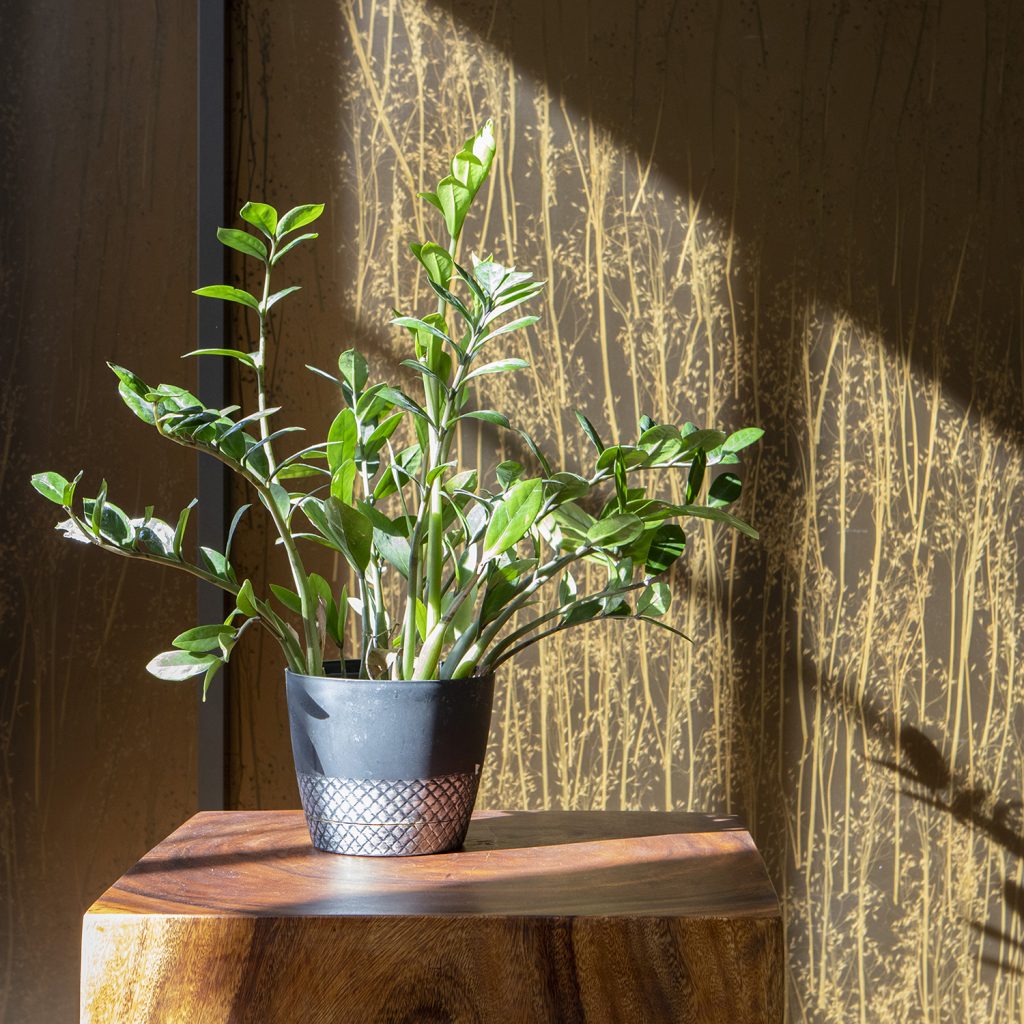
My professional experiences as outlined, and the philosophies I share with 3form help explain how we came to embrace and support a variety of strategies, tools, and approaches that contribute to a better future. Collectively, our sustainability initiatives are under a unified platform called Align, and they help guide the 3form family of companies in product development, manufacturing, and operations. We view environmental and social declarations, such as the Living Product Challenge, as fundamentally important to our goals.
As I suggested earlier, the power of the collective amplifies what we can do as individuals—and that concept also applies to the culture of a company when considering how to make substantive change. Hence, in addition to pursuing the LPC and other certifications, another focal point of our efforts is educating and engaging our employees, clients, students, trade groups, and others. This is yet another reason why pursuing the Living Product Challenge was a natural fit for 3form because our education and outreach efforts were already aligned with related requirements of the Living Product Challenge. Our annual, in-house and employee-focused Greenweek events, our annual Sustainability Open House events, and the intensive efforts given to our Sustainability CEU are right in line with the mandates to spread the good word and help catalyze positive change in the marketplace.
Other synergies exist within 3form’s Align sustainability initiatives, such as biophilia and beauty in products. Among the infinite items and colors that can be encapsulated in 3form materials, some of the most popular choices have been natural materials, such as Wheat Grass, Bear Grass, and Bamboo Rings. Simple, natural, and beautiful, the enduring popularity of these interlayers speaks to the importance of biophilic design, and our innate hunger to be surrounded by nature. Similarly, we have seen an enduringly strong affinity for materials that are handmade by artisans—items like braids of silk and chiseled wood shavings from Nepal, and craft fabrics from Africa. We know our clients support social equity and they yearn for connections to humanity. This, in part, is why they have been so supportive of 3form’s Full Circle product line for many years. 3form recognizes that social equity must improve on a global basis, alongside environmental protections and restoration, and the Full Circle Foundation is one way we support these goals.
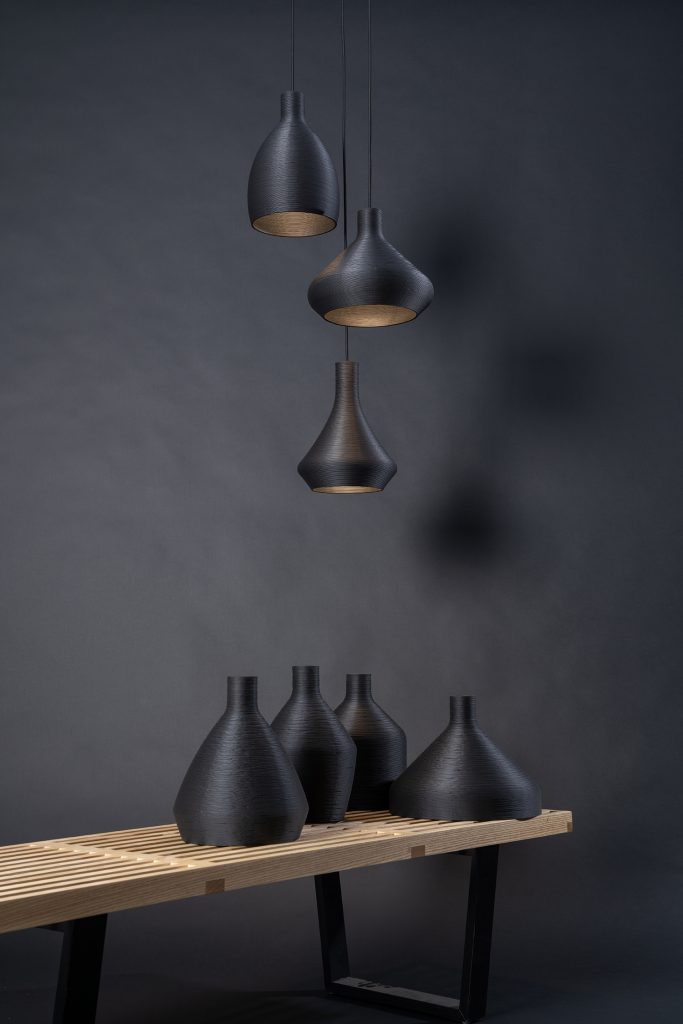
We adopted the Living Product Challenge as an aspirational certification goal because we see it as a reflection of our values and efforts, all wrapped into a package that can be quickly understood by the marketplace. We have long held certifications attesting to recycled contents, indoor air quality, and other single attributes. We were also among the first in our industry to embrace EPDs and life cycle analyses, and then to use the information to decrease our product footprints (in April 2020, 3form again showed leadership by attaining Optimized EPDs on three of its flagship products). We were among the first to adopt the ideals of ingredient disclosures and to heavily promote transparency and optimization. Furthermore, in 2019, 3form released a product called Flek, a beautiful and functional panel made mostly from our trim materials, which previously ended up as waste. This was a culmination of many years of research and design, and a big step toward closed-loop manufacturing. In 2020, 3form and LightArt teamed up to produce a new feedstock from the leftovers of the Flek process, capturing even more of the formerly-known-as-waste materials to create the Coil collection—a functional, beautiful, and closed-loop inspired line of lighting fixtures.
As you might have gathered, I apply my efforts to make dreams and visions of a better world come to life. Thankfully, the 3form companies, our clients, and our colleagues in the Architecture and Design community are full of people like me who are dedicated to making positive change. I know this because when I present to them on the topics of sustainability, regeneration, and social equity, I can see the excitement in their eyes and feel the earnestness in the conversations. And my bet is that you, the reader, also share that excitement and energy.
The 3form companies have been on the journey towards the Living Product Challenge even before we knew it existed. We have endured setbacks with supply chain issues and resistance to change, budget challenges and considerations, as well as competing interests for time and effort. We have experienced changing preferences in the marketplace and we have experienced the frustrations associated with advancing sustainability in manufacturing. We are not perfect and haven’t achieved all of our goals, yet, through all of this we believe in what we are pursuing. We look to the future for the time in which our efforts, products, and existence result in the betterment of the world, socially, environmentally and economically. We believe that the Living Product Challenge certification shares a common language of regenerative design with 3form, and is based on the same principles that we strive to follow.
DESIGNING FOR THE FUTURE: Transforming the Market
The market is responding positively to concerns regarding the environment and social equity. As a manufacturer of building materials, the 3form companies will continue to foster the sustainability ethic in our workforce and we will continue to seek ways to innovate with new products. We will continue to encourage our supply chains to use green chemistry and to source materials in highly responsible and transparent manners.
I hope that we can set the stage, through our continued and collaborative efforts towards regenerative design and manufacturing, for the next level of challenge—one that goes beyond the rigors of the Living Product Challenge, and one that catalyzes rapid, meaningful change. And I believe that a rapid transformation toward net-positive manufacturing will occur when and as a result of consumers shifting their purchasing power to good. Let’s work together to make this vision for a regenerative economy a reality—8 billion people strong, and all working towards a thriving Living Future.


